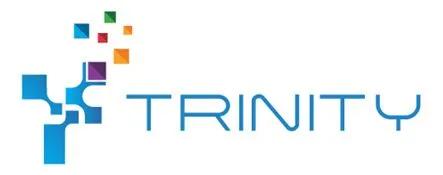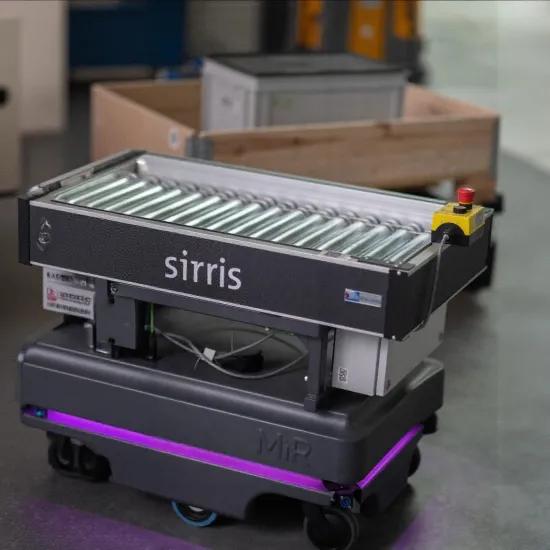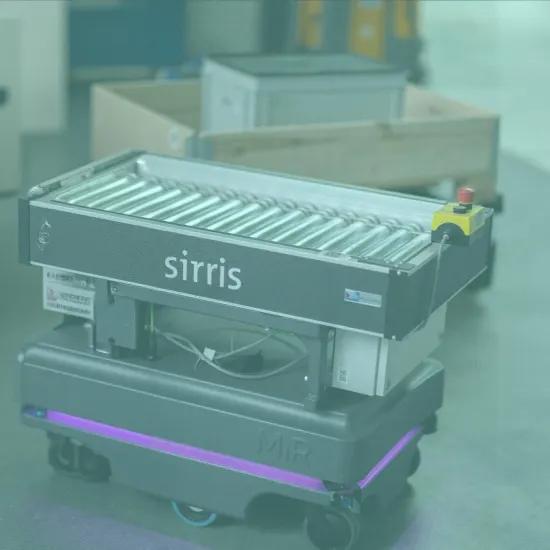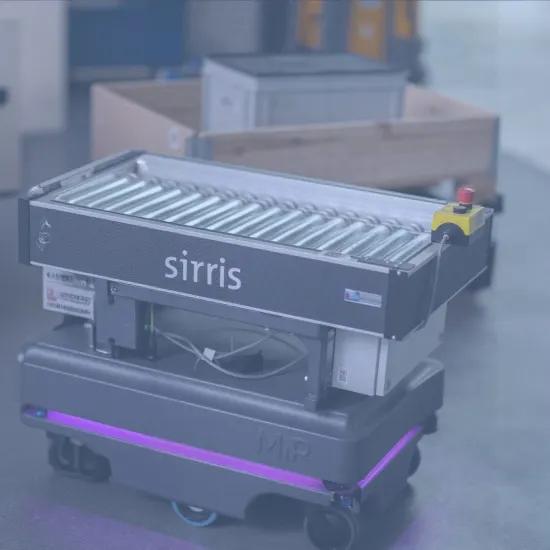The Trinity project focuses on digital technologies and advanced robotics for agile production in future European manufacturing ecosystems. The project has been running for almost a year and the realisations come one after another.
The shift from mass production to the production of more complex customised products with a high added value in very small series and with ever shorter lead times is making manufacturing more complex. To survive as a company, this complexity has to be managed, which requires production systems to become more intelligent and agile. In addition to the flexible automation of production processes, optimising internal production logistics is crucial to becoming more agile. The way internal production logistics is currently organised is the stumbling block to greater flexibility.
Solutions for logistical challenges
The current flexible production systems must be increasingly supplemented with the digitisation and automation of internal logistics processes if production agility is to be achieved. Fortunately, recent technological developments in autonomous mobile robots (AMRs) are offering a way to automate internal logistics operations flexibly and at acceptable costs. Nevertheless, several specific logistical challenges need to be met if a broader implementation of these technologies in the EU manufacturing industry is to be achieved. AMRs may already enable logistical automation, but the control of the tasks to be performed is too complex, loading and unloading is too slow (coupling), the AMR is only a basic platform without automated processing solutions and it is hard to combine the systems from different suppliers. As a result, the return on investment is unclear, which hinders implementation in SMEs.
With the Trinity project, we aim to address some of these problems by building, implementing and testing a prototype in an industrial use case at Altachem, which is a specialist manufacturer of valves, application tools and accessories for pressure vessels. This is a collaboration with the software company Flagstone.
Two demos are being prepared as part of the project: a first in the Sirris laboratory in Diepenbeek, followed by a demo setup at Altachem in a real production environment. The AMRs being used for this are an MiR200 and another from WEWO Techmotion.
The first demo is on its way
Meanwhile, preparations for the first demo in Sirris's lab in Diepenbeek are in full swing.
The MiR200, shown in our previous blog post, is used to transport:
- Empty boxes from the output of the box folding machine to the assembler infeed
- Full boxes from the output of the assembler to the infeed of the box-closing machine
The WEWO-AGV is used to take the basic components from the preparation zone to the infeed of the assembly machine. For this purpose, the WEWO-AGV is equipped with a lift so that it can pick up a generic support. Mounted on this support is a custom-built pipe & joint construction with a bucket into which an operator pours the basic components from boxes so the AMR can empty them into one of the bunkers of the assembly machine. This emptying is done using a karakuri technique, which does not require operator intervention: the flap is kept closed with two ‘fingers’ and can be opened via the karakuri mechanism when the AMR arrives at the bunker.
Software specialist Flagstone has already prepared a functional analysis document for both demos and is now finalising the development of the MES platform for coordinating production orders and transport journeys. The software will translate the production orders of the ERP system to be executed into tasks (journeys and actions) by the various AGVs via a REST API of the WEWO. The control platform will allow an operator to monitor the manufacture of the products.
Watch the video:





